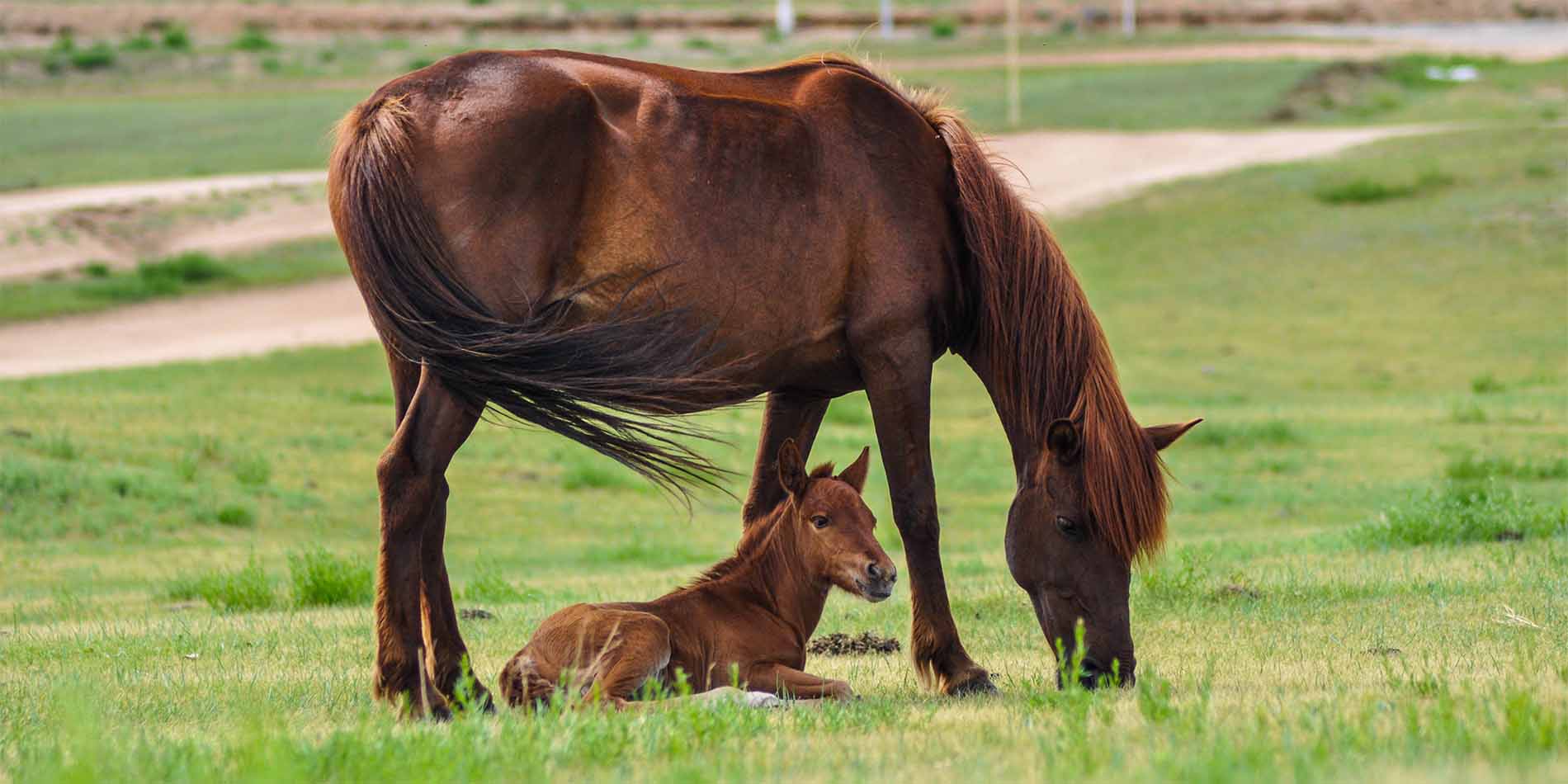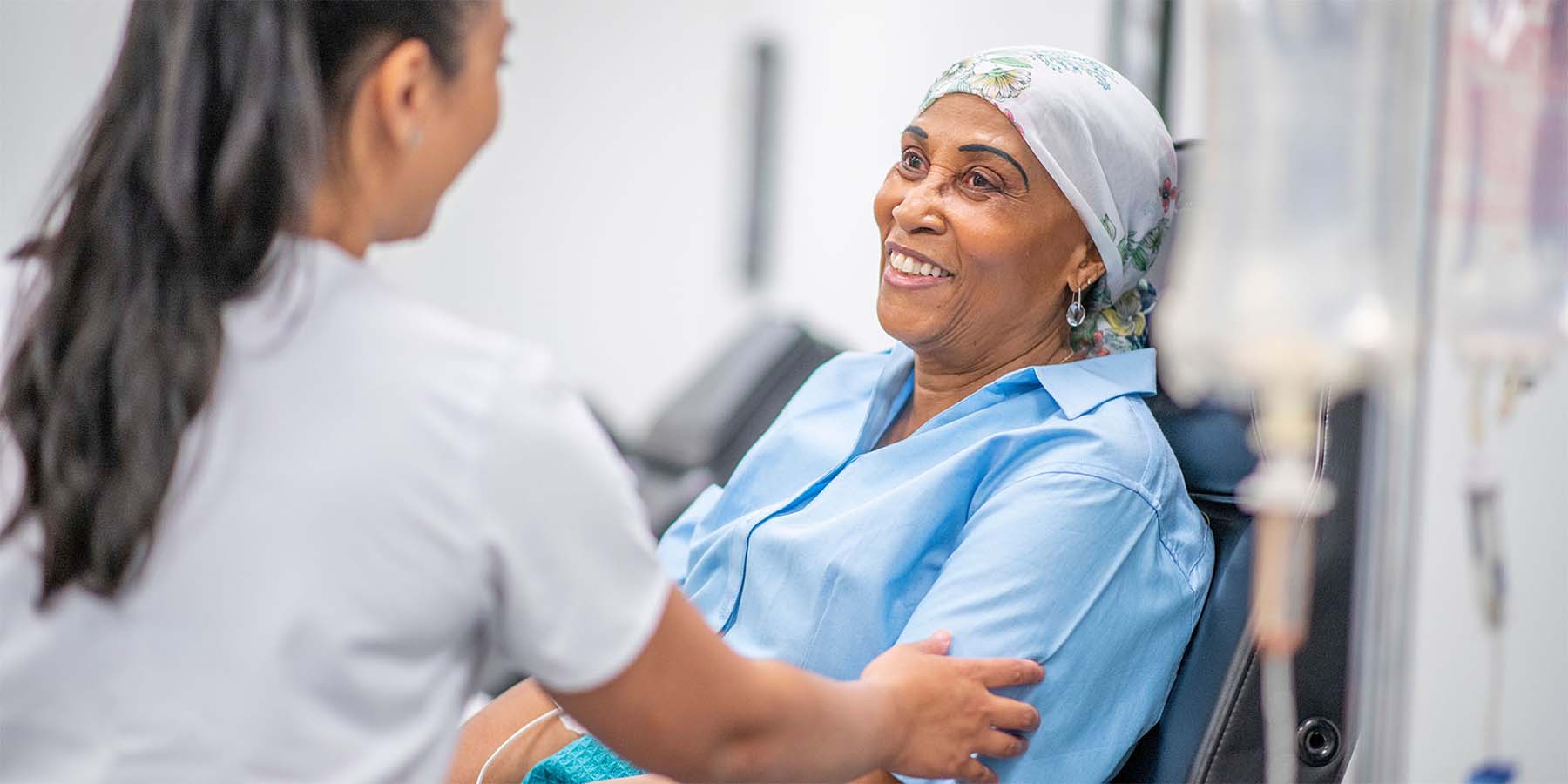Dr. Pouya Dini: Extraction of RNA from FFPE Equine Placenta
The old saying, "do what you can with what you've got" certainly is inspiring. However, for scientists and researchers, sometimes you can't do anything with what you've got. The success of downstream applications in molecular biology is heavily dependent on rapid and efficient methods to extract RNA and DNA from virtually any sample type. Without the right tools, some sample types can be extremely difficult to obtain, and even once they are collected, it can be challenging to extract anything useful. Luckily, formalin-fixed, paraffin-embedded (FFPE) samples have been archived in hospitals and diagnostic laboratories all over the world for the past 100 years. For researcher Dr. Pouya Dini, these samples are a great source for investigating human and animal pathologies, specifically with equine reproduction and the development of horse placenta.
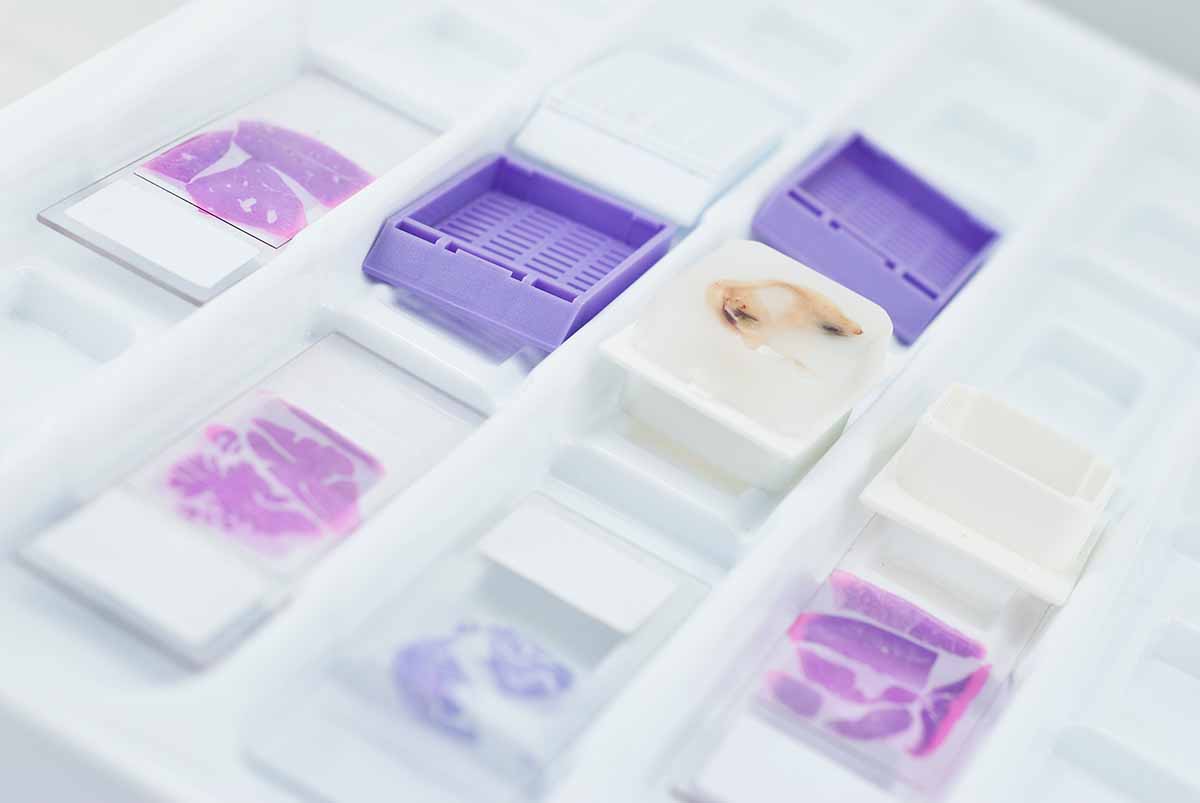
An Interview with Dr. Pouya Dini
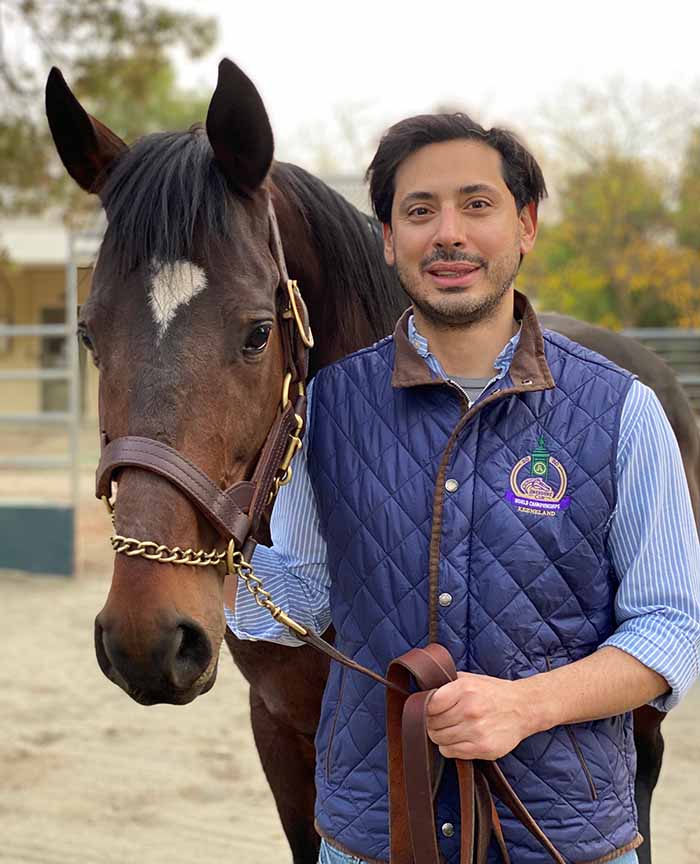 Dr. Pouya Dini began his studies in the veterinary field in his hometown of Tehran, Iran at Azad University.
After obtaining his DVM, he started his doctoral training program in animal reproduction and received his first PhD degree in animal reproduction in a collaboration
between Azad University and Ghent University in Belgium. After his first PhD, he started a residency program in equine reproduction and biotechnology of reproduction, combined with a second PhD training.
At Ghent University he dived in closely to assisted reproductive technology (ART) through equine embryo production and manipulation, preimplantation genetic diagnosis (PGD),
and intracytoplasmic sperm injection (ICSI). From 2015 onward, Dr. Dini moved his research towards equine placental transcriptome and the role of microRNAs during pregnancy and placental development.
Here, he collaborated with scientists from the University of Kentucky (UK) Gluck Equine Research Centre to improve the understanding of equine placental development and obtained his second PhD degree.
He also passed his board-certifying exams and became a board-certified specialist in biotechnology of reproduction at the European College of Animal Reproduction (ECAR) and a board-certified
specialist in equine reproduction at the American College of Theriogenologist (ACT).
Dr. Pouya Dini began his studies in the veterinary field in his hometown of Tehran, Iran at Azad University.
After obtaining his DVM, he started his doctoral training program in animal reproduction and received his first PhD degree in animal reproduction in a collaboration
between Azad University and Ghent University in Belgium. After his first PhD, he started a residency program in equine reproduction and biotechnology of reproduction, combined with a second PhD training.
At Ghent University he dived in closely to assisted reproductive technology (ART) through equine embryo production and manipulation, preimplantation genetic diagnosis (PGD),
and intracytoplasmic sperm injection (ICSI). From 2015 onward, Dr. Dini moved his research towards equine placental transcriptome and the role of microRNAs during pregnancy and placental development.
Here, he collaborated with scientists from the University of Kentucky (UK) Gluck Equine Research Centre to improve the understanding of equine placental development and obtained his second PhD degree.
He also passed his board-certifying exams and became a board-certified specialist in biotechnology of reproduction at the European College of Animal Reproduction (ECAR) and a board-certified
specialist in equine reproduction at the American College of Theriogenologist (ACT).
Horse Health & Wellness
 How does the placenta develop during pregnancy in horses? This was one of the main questions that Dr. Dini set out to answer during his research.
By understanding this, we go into the pathologies that are involved with the placenta, either associated with the development or infectious conditions.
A horse placenta is anatomically unique and different from humans and other species.
In humans and most other species, the maternal and fetal placenta portions cannot be separated, whereas in horses, they can easily be separated to study each portion independently.
When studying the parental gene expression you can identify whether or not a specific gene is coming from the mother (maternal side) or the father.
In non-equine models, any contamination from the maternal portion can interfere with results, but with horses, since the placenta portions can be completely separated, you get a pure sample.
The findings one gets from studying equine samples can then be translated to other species, including humans, which is one of the greatest advantages of working with horses.
This is why horses can be a model for mammalian placentas.
How does the placenta develop during pregnancy in horses? This was one of the main questions that Dr. Dini set out to answer during his research.
By understanding this, we go into the pathologies that are involved with the placenta, either associated with the development or infectious conditions.
A horse placenta is anatomically unique and different from humans and other species.
In humans and most other species, the maternal and fetal placenta portions cannot be separated, whereas in horses, they can easily be separated to study each portion independently.
When studying the parental gene expression you can identify whether or not a specific gene is coming from the mother (maternal side) or the father.
In non-equine models, any contamination from the maternal portion can interfere with results, but with horses, since the placenta portions can be completely separated, you get a pure sample.
The findings one gets from studying equine samples can then be translated to other species, including humans, which is one of the greatest advantages of working with horses.
This is why horses can be a model for mammalian placentas.
RNA Expression for Biomarker Discovery
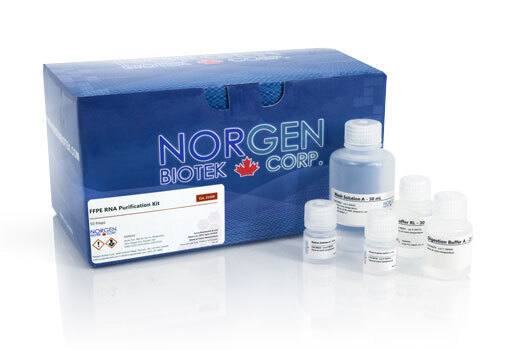 One of the ways in which Dr. Dini is working to uncover novel biomarkers is by analyzing the expression of RNA in equine placental samples along with clinical information
that has shown to be beneficial in the identification of biomarkers for conditions of interest.
His laboratory is actively working on the identification of biomarkers that may enable veterinarians to diagnose gestational pathologies in their early stages and initiate treatment.
The RNA isolated from FFPE tissues could be used for the analysis of expression patterns of miRNA and mRNA in the equine placenta.
One of the ways in which Dr. Dini is working to uncover novel biomarkers is by analyzing the expression of RNA in equine placental samples along with clinical information
that has shown to be beneficial in the identification of biomarkers for conditions of interest.
His laboratory is actively working on the identification of biomarkers that may enable veterinarians to diagnose gestational pathologies in their early stages and initiate treatment.
The RNA isolated from FFPE tissues could be used for the analysis of expression patterns of miRNA and mRNA in the equine placenta.
According to our interview with Dr. Dini, this is where Norgen Biotek plays a big role;
"I receive lots of samples that are archived from several pathology labs and use them with Norgen's FFPE RNA Purification Kit (Cat. 25300, 25400) to be able to do molecular diagnostics on them."" - Dr. Pouya Dini.
NORBLOG
Want to hear more from Norgen?
Join over 10,000 scientists, bioinformaticians, and researchers who receive our exclusive deals, industry updates, and more, directly to their inbox.
For a limited time, subscribe and SAVE 10% on your next purchase!
SIGN UP
We asked Dr. Dini what questions or challenges he was setting out to address when starting this research:
"As a veterinarian, I care about the health of horses. My main goal is to understand the physiology of the placenta to be able to treat or prevent pathologies.
For example, during pregnancy in horses, there is a condition called hydroallantois where a high volume of fluid begins to accumulate within the placenta.
Due to the high volume of fluid accumulated in the placenta, the pregnancy must be stopped in order to remove the fluid to
prevent the abdominal wall from rupturing and killing the horse." - Dr. Pouya Dini
With archived samples, Dr. Dini was able to determine that the altered expression of several angiogenic genes in hydrallantoic placentas leads to the disruption of vessel formation demonstrated by the reduced vessel count through immunohistochemistry. In the beginning, he didn't know why this was the case, so the next step was to look at the gene expression of affected placentae. He found an abnormal gene expression of a paternally expressed gene that has an important role in vessel formation, which is associated with the accumulation of fluid in the placenta. Now, Dr. Dini is looking to detect this abnormality ahead of time to prevent or treat it before it is too late.
The future implications of this research are truly outstanding as it works to uncover more about placental development in horses, and in turn, humans. Thank you Dr. Pouya Dini for giving the Norgen team a chance to sit down with you and talk about your important work!
